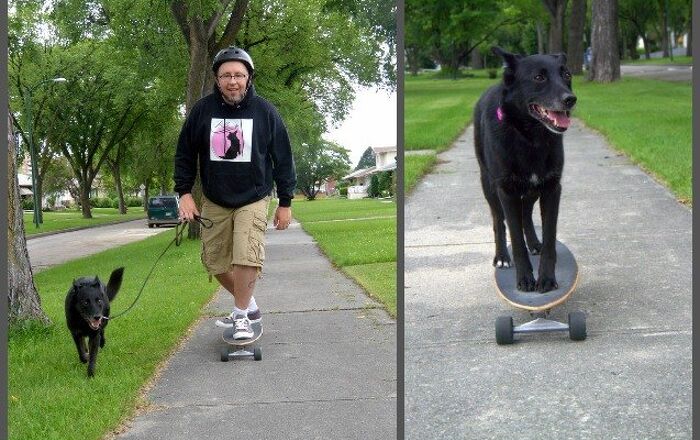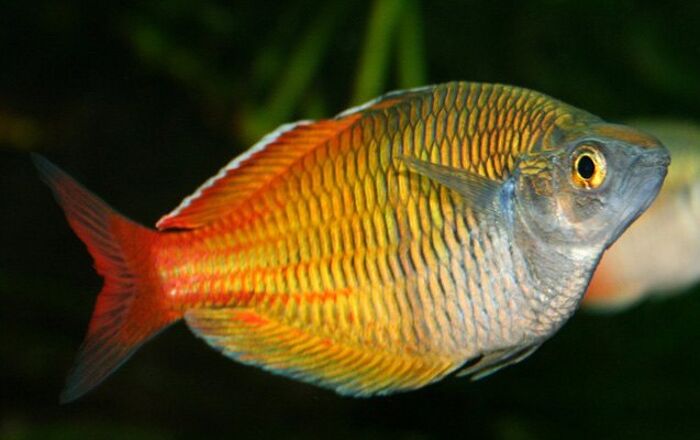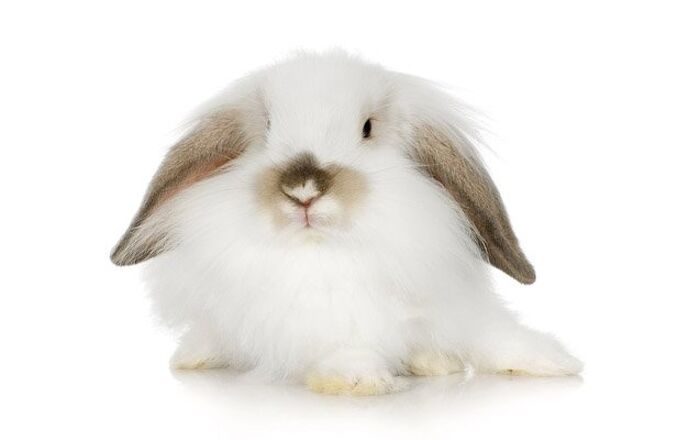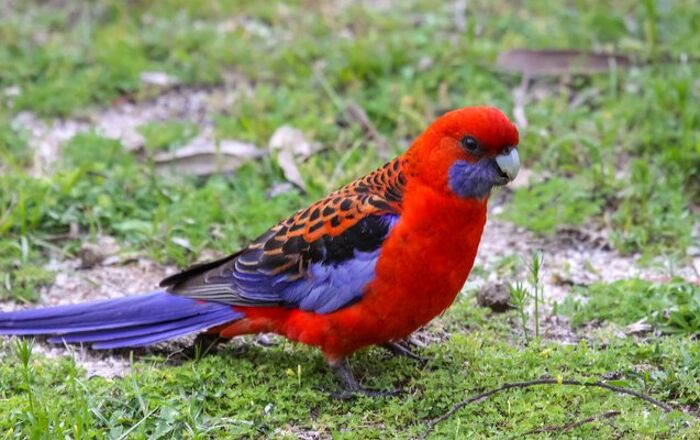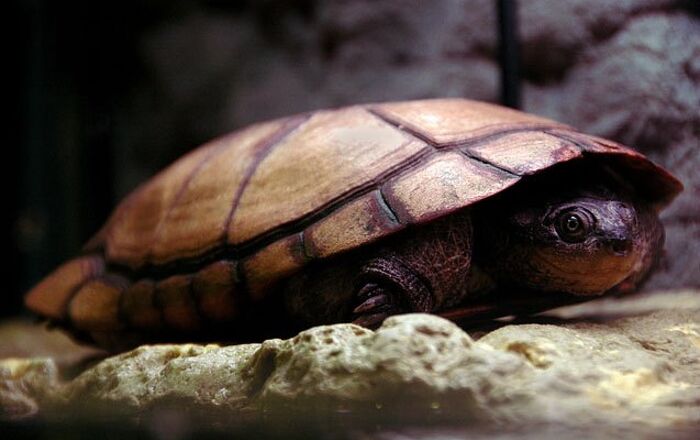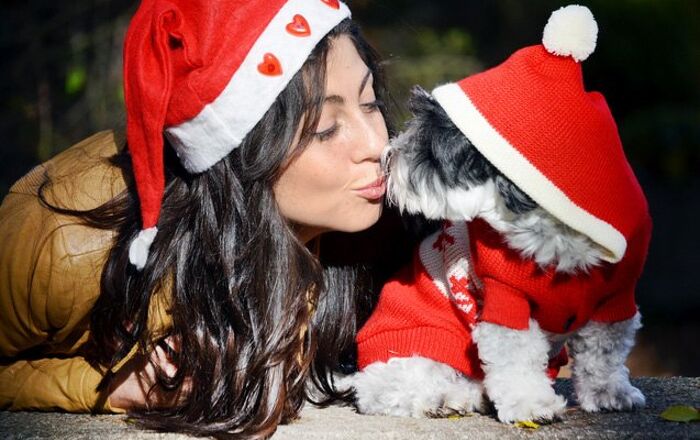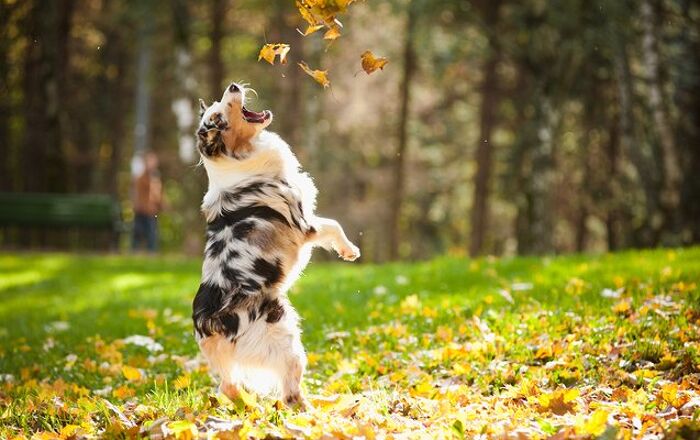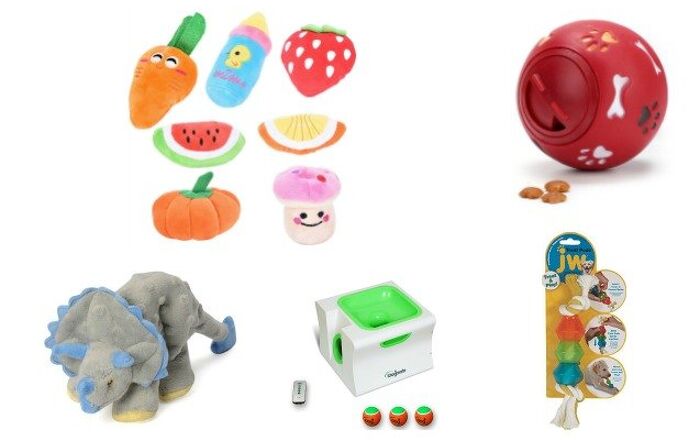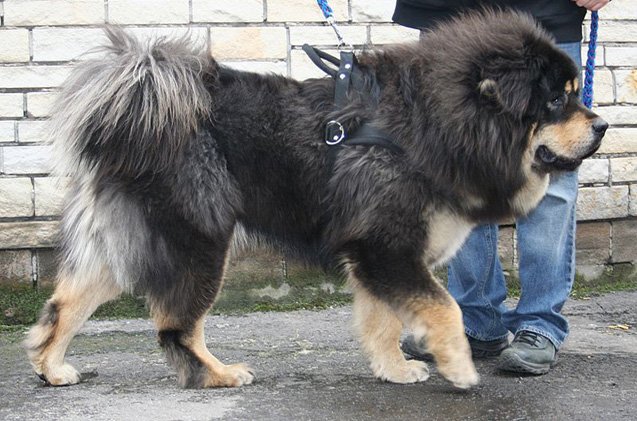
Tibetan Mastiff Basics
The Tibetan Mastiff truly is a gentle giant. A wonderful watch and guard dog, the Tibetan Mastiff loves his people, making him an all-around fantastic family dog. Also known as the Tibetan Dog, the Thibet Dog, the Thibet Mastiff and the Tibetaanse Mastiff, this noble and ancient breed can appear aloof to strangers, but will be utterly devoted to his family. This is because of his history as a family protector and guardian – a role that he will still gladly fill to this day.
This big dog needs lots of living space and activity to keep him happy. Loving, gentle, patient, and understanding, the Tibetan Mastiff is a hard worker and loyal to a fault. Don’t let his big size scare you off – this may be the dog breed for your family. Read on to learn more about him.
A wonderful watch and guard dog, the Tibetan Mastiff loves his people, making him an all-around fantastic family dog.
Origin
Originating in Tibet (hence the name), the Tibetan Mastiff came into being thousands of years ago. This breed was used to protect Tibetan monasteries, and guard villages and livestock from wolves, leopards and other predators. They lived comfortably in the Himalayan Mountains, thanks to their thick, heavy coat.
This breed was kept hidden from most of the world, as Westerners weren’t allowed to visit Tibet. The first English recording of the breed is from 1828, when King George IV gifted a “Thibet Mastiff or Watch Dog” to the London Zoo. The breed’s appearance in North America was thanks to the Dalai Lama, who gave a pair to President Eisenhower in the late 1950s.
Pedigree
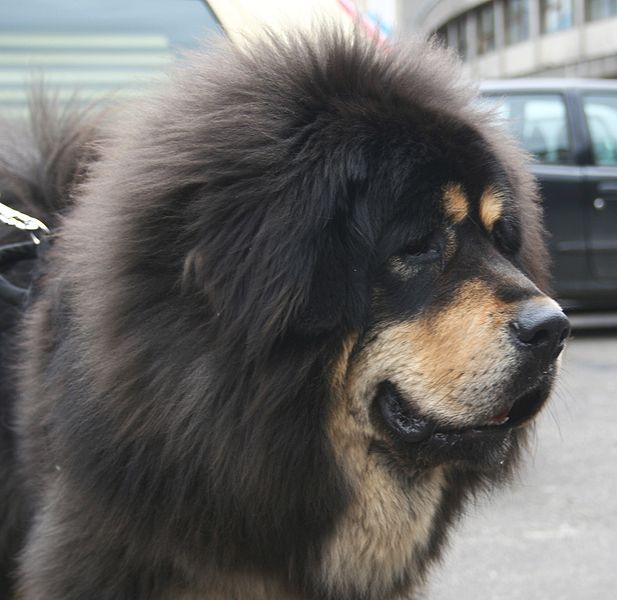
The Tibetan Mastiff may have been the foundation from which most large working breeds ( mastiffs and mountain dogs) included can trace their roots back to. Because this is an ancient breed, there are no records of this breed’s heritage. It is believed that Tibetan Mastiff has ancestral ties to dogs that resided in the Himalayan Mountains and surrounding valley regions thousands of years ago.
Food / Diet
This is a big dog, so expect to feed your dog a lot of food – about 4 to 6 cups of a high-quality dog food a daily. Portion sizes will depend on how active your dog is. You’ll want to break up his meal times into several feeding to avoid bloat, which occurs if your dog eats his food too quickly.
Known to be independent, the Tibetan Mastiff can be a challenge to train, so don’t be afraid to call in a professional dog trainer.
Training
This is not a dog for the first-time owner. Known to be independent, the Tibetan Mastiff can be a challenge to train, so don’t be afraid to call in a professional dog trainer. This large, dominant breed will assume that he is the leader of the house… until you teach him otherwise. It will take a lot of time, consistency and patience to establish your leadership, but it will all be worth it in the end. Start early to see the results and train with a firm hard. Don’t use harsh training techniques, as your Tibetan Mastiff will not respect your authority.
Weight
Temperament / Behavior
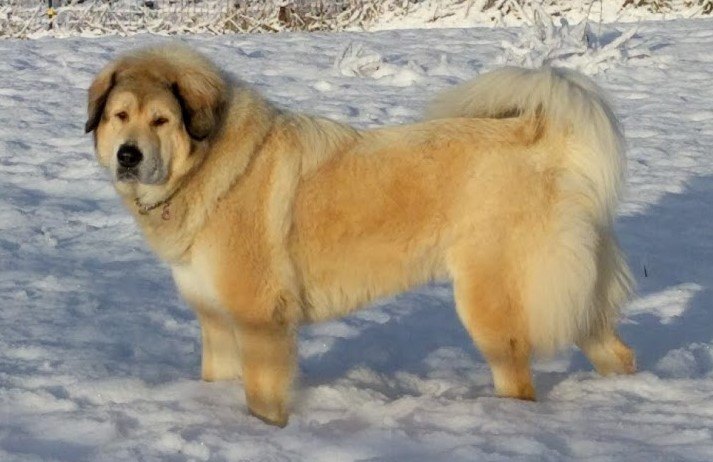
A reliable guard dog, the Tibetan Mastiff is an alert and protective watchdog, without being aggressive. You’ll find that your dog will keep an eye on strangers in the home, even if they aren’t a threat. To his family, you’ll be hard pressed to find a more devoted and loving dog. These dogs don’t play fetch – they are too busy looking after you and the house. He’s an independent dog, so he likes his own space.
You need to watch younger children around the Tibetan Mastiff. This dog is dominant and may push little children around. They also don’t like being tugged or poked – that could earn children a warning nip.
Start the socialization process as soon as possible. The Tibetan Mastiff likes other animals, as long as they are raised alongside them. Because this is a dominant breed, male Tibetan Mastiffs will be aggressive toward other male dogs. This is why training is a must. You must teach them acceptable dog manners and how they should greet and interact with other dogs and friendly people.
Common Health Problems
Life Expectancy
The Tibetan Mastiff has an average lifespan of 12 to 15 years.
Exercise Requirements
As puppies, the Tibetan Mastiff doesn’t slow down – but not to worry, they will mellow with age. He needs a few walks a day, but don’t expect him to run around in the yard on his own. You’d much rather lounge in a favorite shady spot.
This breed needs more room than an apartment or condo can offer – he needs a yard so he can spend most his time outdoors. Not only does this give them space to move about, but it also allows them to show off their skills as watch and guard dogs. Leaving them inside could lead to destructive behavior.
A reliable guard dog, the Tibetan Mastiff is an alert and protective watchdog, without being aggressive.
AKC
The American Kennel Association says this about the breed: “An impressively large dog with noble bearing, the Tibetan Mastiff is an aloof and watchful guardian breed. They possess a solemn but kind expression, with an immense double coat it can be black, brown and blue/grey, with or without tan markings, and various shades of gold. Although seen in shows in the United States today, they may not enjoy participating in organized activities such as obedience or agility due to their highly independent natures.” The AKC first recognized this breed in 2006.
Coat
The Tibetan Mastiff has a lot of fur, thanks to his thick double coat made up of a soft and wooly undercoat and a long, coarse topcoat. His fur is always straight, and he boasts a thick mane at the neck and shoulder.
As for coat colors, you’ll find them in black, brown, gold or blue. They can have tan markings above the eyes, on the side of the muzzle, on the throat, forelegs, rear legs or breeches, while others have white markings on the chest and feet.
Because of all that thick fur, expect to brush your Tibetan Mastiff two to three times a week in order to get rid of loose and dead hair.
Puppies
Training should begin as soon as you bring your Tibetan Mastiff puppy home. You’ll find that they are intelligent and learn quickly, but you need to curb their independent and stubborn nature. You must socialization this breed – Puppy Kindergarten and regular socialization will start your puppy out of the right paw.
Photo credit: Pleple2000/Wikimedia; Yeti/Wikimedia

